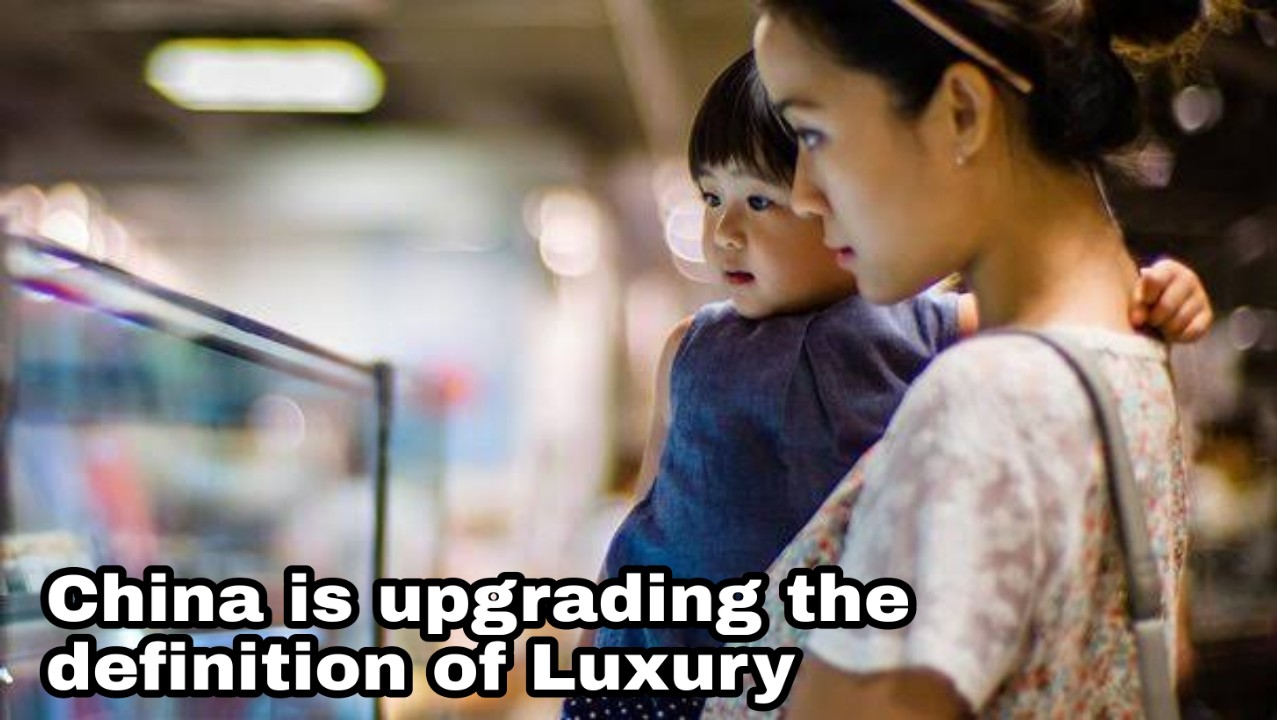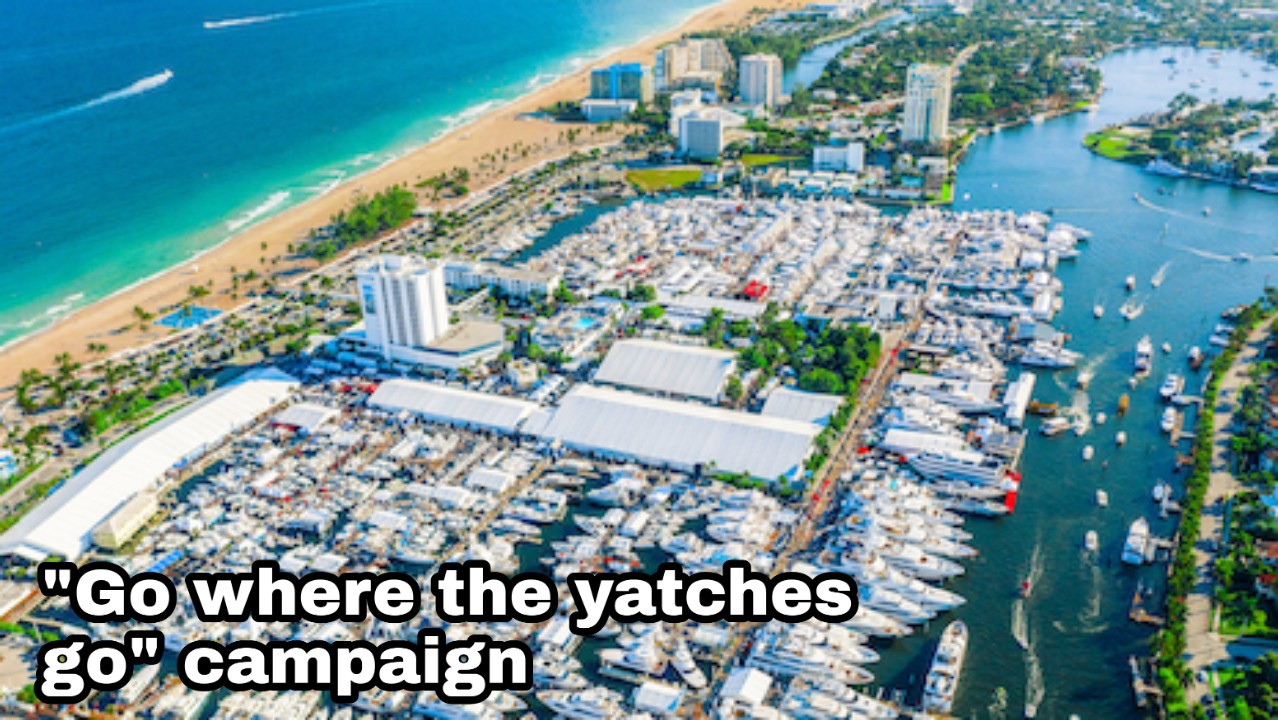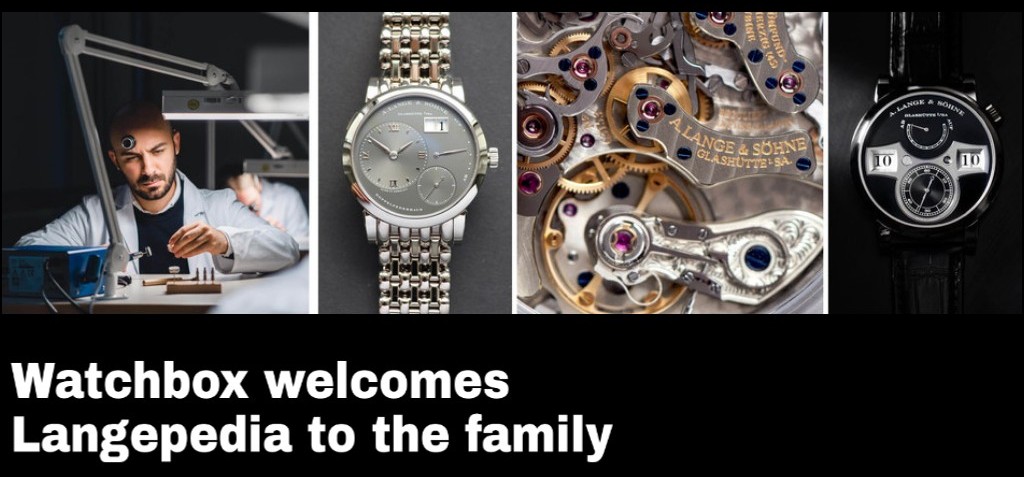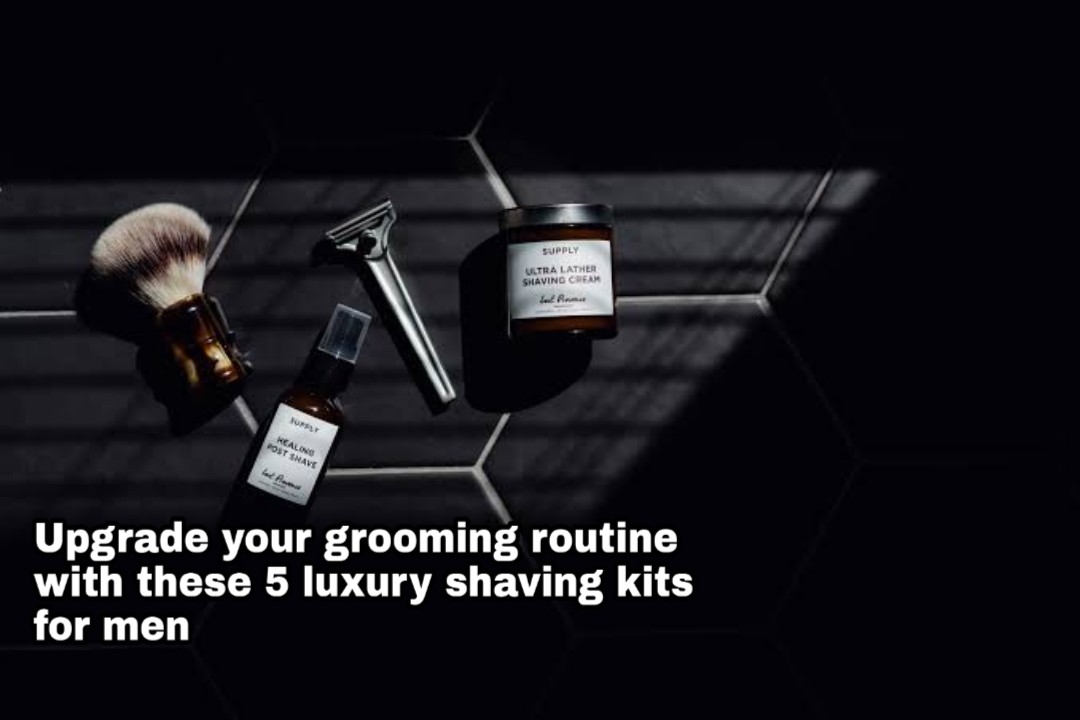The Wine Science
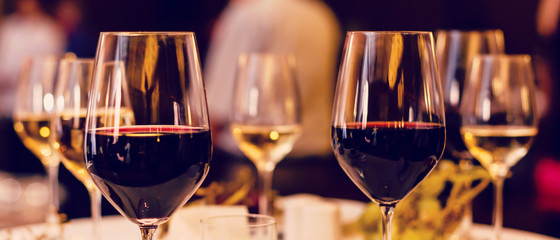
Alcoholic beverages are subjected to ageing processes during which compounds extracted from wood contribute decisively to the beverage character. Wines represent a perfect example of beverage during which ageing is a crucial technological manufacturing step. While winemaking, producers accelerate chemical changes in wine composition by traditional and alternative methods, just like the utilization of oak wood barrels or oak wood chips.
Can you really smell grass and grapefruit, rose petals and pepper in your wine? Yes, you can. Here’s the science behind it. It’s all comes down organic chemistry. Wine is made from grapes, and grapes draw on an equivalent set of elements as all other fruits and plants. In unfermented grape, most aroma molecules are bound up with sugar, so you can't smell them.
However, once fermentation turns sugar into alcohol, those volatile flavor compounds are unleashed and can be detected by our sense of smell. In wine there are volatile and non-volatile compounds that contribute to the make-up of a wine's aroma. Some of the aromas perceived in wine are from esters created by the reaction of acids and alcohol within the wine. *Esters can develop during fermentation, with the influence of yeast, or later during aging by chemical reactions.
*Esters - are organic acids that occur naturally during the fermentation process in wine.
If you are interested in exploring more about wine and winemaking science study Oenology!
Bubbles Contribution to Flavour and Aromas
Bubbles in wine aren’t just for show. Their bite is enjoyably perceptible in the mouth, a phenomenon that used to be attributed to the physical bursting of the bubbles but is now understood to be a biochemical effect. When you take a sip of a sparkling beverage, a little carbon dioxide diffuses into the cells of your tongue, where it activates particular nerve endings, producing a sharp tingle. The tactile sensation makes up much of the pleasure of the mouthfeel of any sparkling beverage, whether it’s the eye-opening burn of ice-cold seltzer, or the fizzy caress of a vintage Champagne.
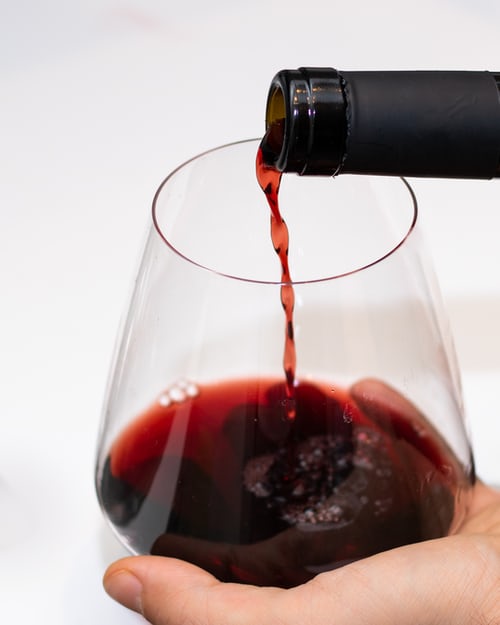
There is a syndrome called Champagne blues that occurs when mountain climbers on a regimen of anti-altitude-sickness drugs crack a bottle at a summit and find themselves with a celebratory mouthful of flat-tasting, acrid bubbly. The altitude drug Diamox inhibits the tongue enzyme involved in the tingle and therefore makes Champagne (or any carbonated drink) taste terrible.
In addition to their sensory tingle—and a mild tart taste associated with dissolved carbon dioxide—bubbles also powerfully potentiate other flavours. As they form at the bottom of a glass and rise to the surface, they create currents in the wine that help circulate the liquid in the glass; then, when they rise to the surface and burst, they launch tiny aromatic plumes of wine mist into the air above the glass. This contributes to the sensory impact of sparkling wine at least as much as the taste of the carbonation does.
The traditional slender flute glass maximizes the distance travelled by a rising bubble, and hence the amount it grows, and released carbon dioxide collects in the flute’s constricted volume of space above the wine. Serving Champagne and sparkling wines in a traditional still-wine glass is better—it prevents carbonic bite and helps you better appreciate aromas.”

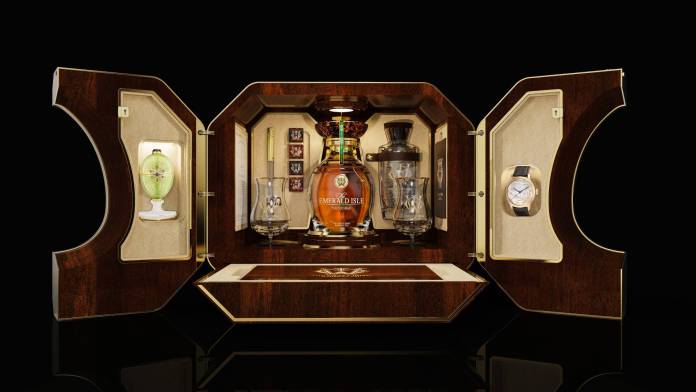
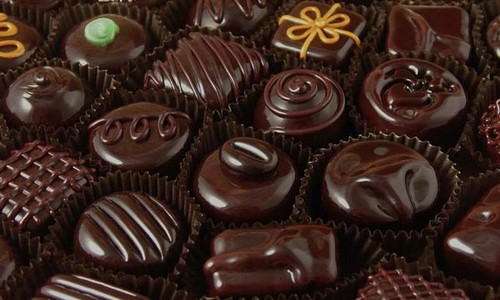
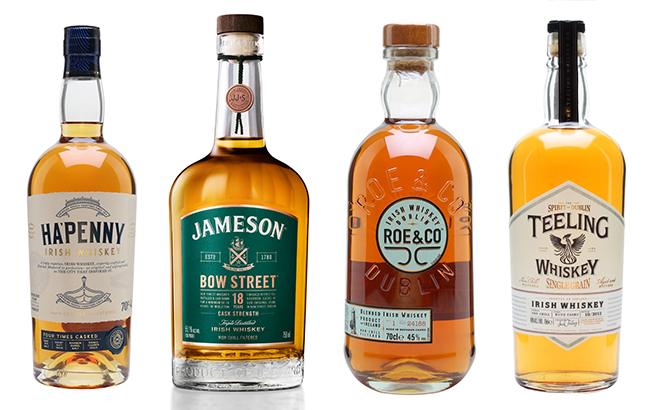
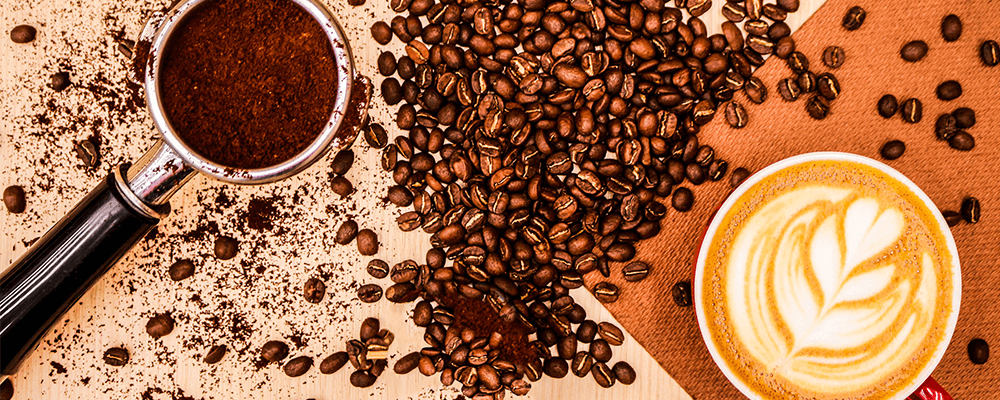
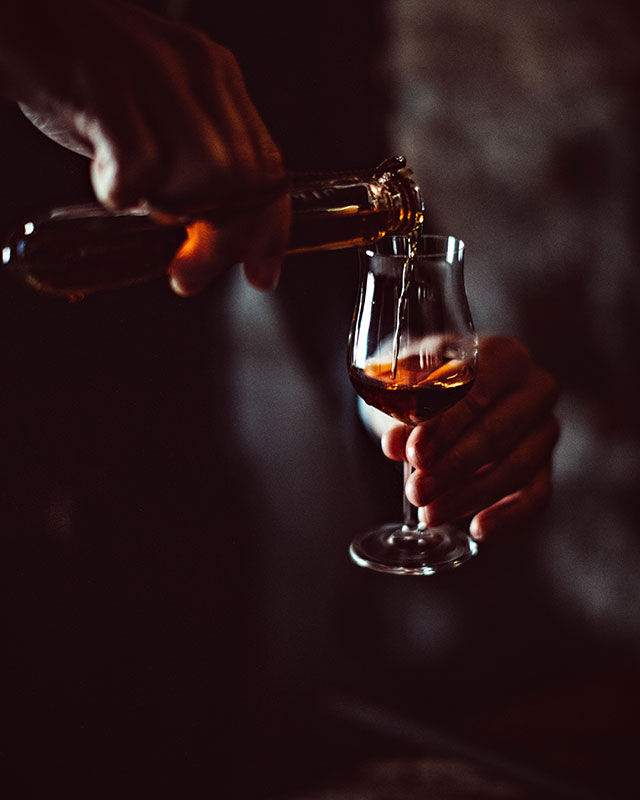
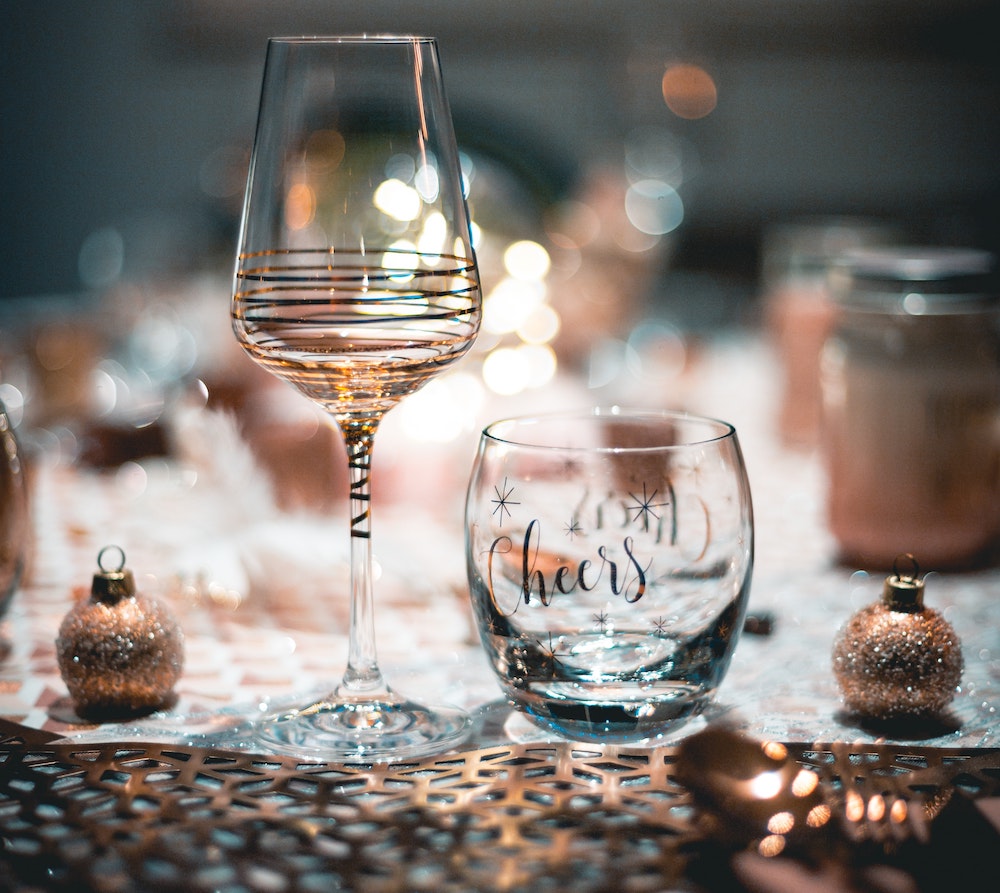

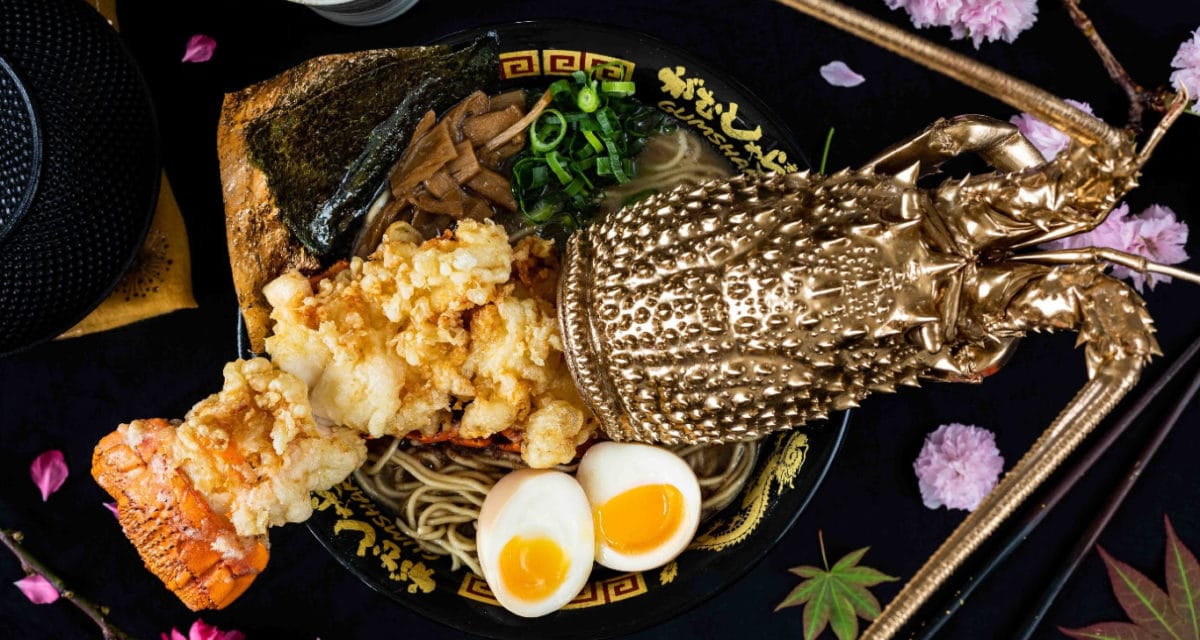
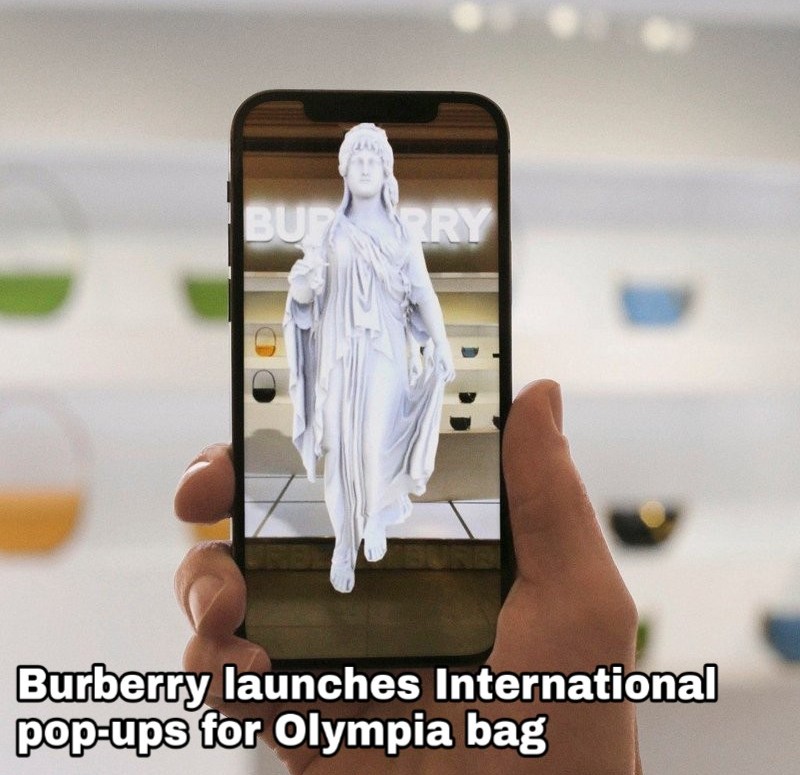
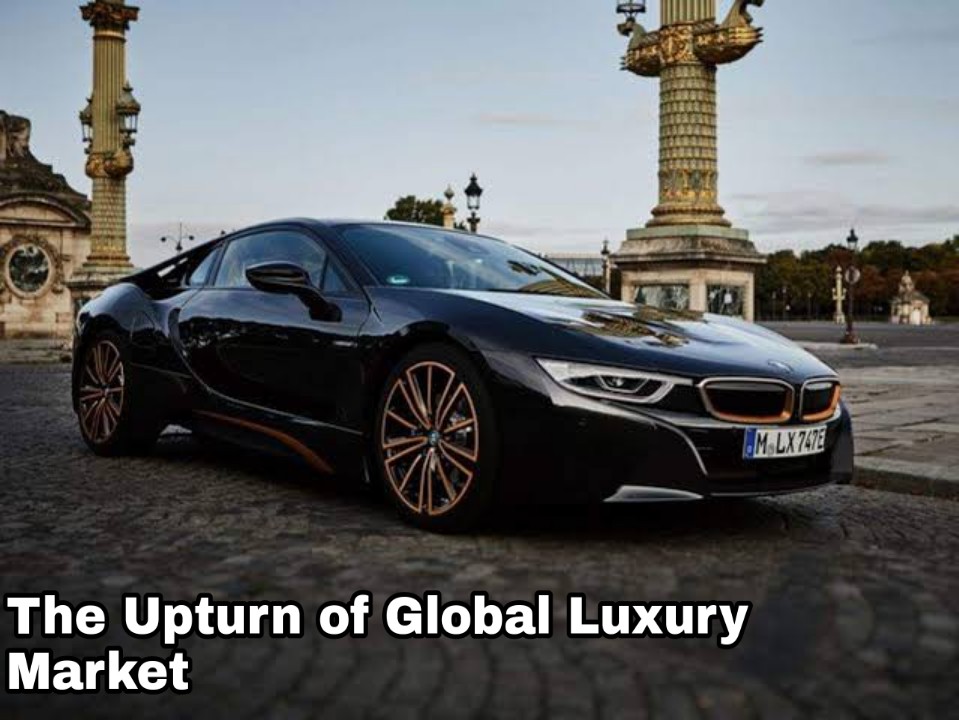
.jpg)
